Research Development Capablities
Research and Development is the backbone of all activities at IRS. It is carried out to achieve the following:
- Acquire in-depth knowledge on relevant issues
- Participate actively in the global efforts to improve quality & safety in marine industry & protection of marine environment
- Provide professional service at par with the world leaders
The major areas of Research and development among other activity at IRS are:
- Hydrodynamics.
- Ship Structures.
- Vibration and Noise.
- Corrosion.
- Fatigue.
- Analysis of data from Ships in Service.
- Formal Safety Assessment / Risk Assessment.
- Rule Development & Rule Calibration.
- Development of New Engineering Methods and/or Software.
- Use of Information technology onboard.
Some Examples of RRD work:
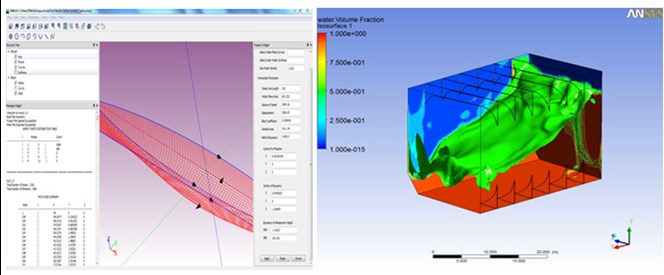
IRWAVE: This software has a pre-processor which generates Hull data / Grid data for different solvers such as SWAN, IRSTRIP (IRS own solver), and SOFORCE from the given offset table. The post-processor helps to view the forces, motions, and pressures in standard format.
SLOSHING EFFECTS IN TANKS:
This Computational Fluid Dynamics model has been used to estimate the sloshing loads on tank boundaries and on structural members in the tank.
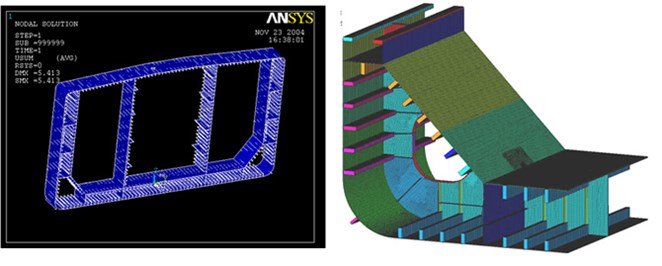
HULL GIRDER STRENGTH: Various models for hull girder strength and Ultimate strength analysis. A computer code was developed for Ultimate strength analysis by Smith’s method and a methodology for finite element based prediction of ultimate strength.
ANALYSIS OF LOCAL STRUCTURES: Analysis of a hopper knuckle structure has been carried out by using fine mesh to find out the local stress concentration effects.
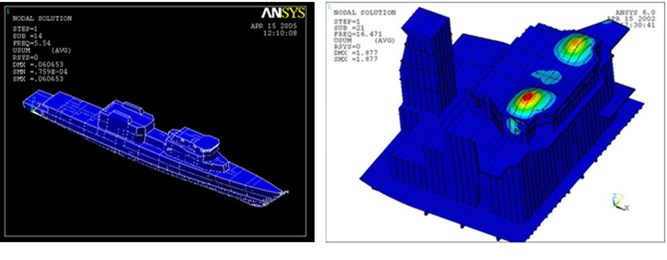
Free vibration analysis is carried out on ship hull structure models to determine the natural frequencies of various mode shapes of vibration
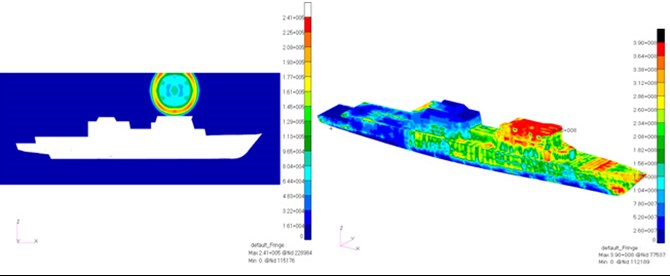
This shows the deformation of a patrol vessel subjected to air blast loading from a nearby explosion.
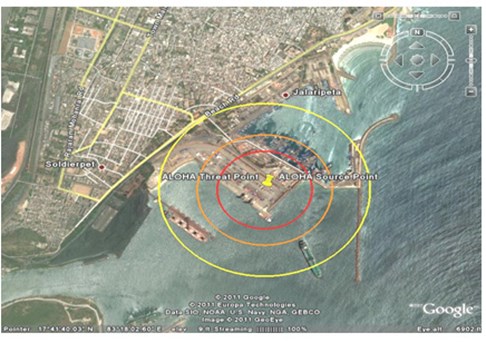
Risk analysis of Ports and Harbors
IRS has developed capability for Qualitative and Quantitative Risk analysis of ports and harbors including other related analysis for the following aspects:
- Gas Dispersion, Fire & Explosion analysis for IMDG class 2 & 3 hazardous chemicals at Container Terminals
- Preparation of Onsite Emergency Action Plan for ports and terminals
- Preparation of Oil Spill Contingency Plan for ports and harbors
- Failure mode effect analysis (FMEA) of loading and unloading systems for oil tankers
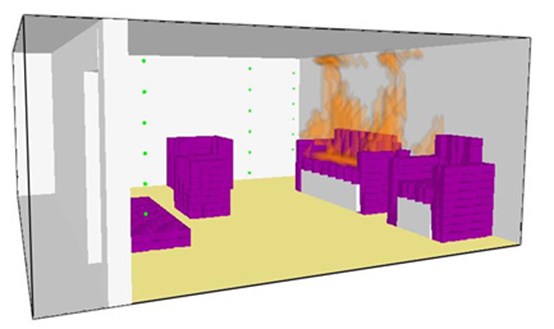
Fire Simulations:
IRS is taking part in the EU FIREPROOF project aimed at developing a probabilistic frame work for fire safety

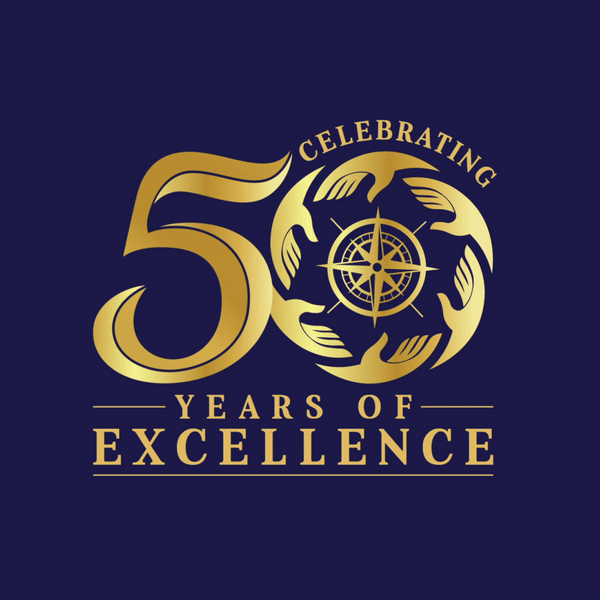






 Download PDF
Download PDF